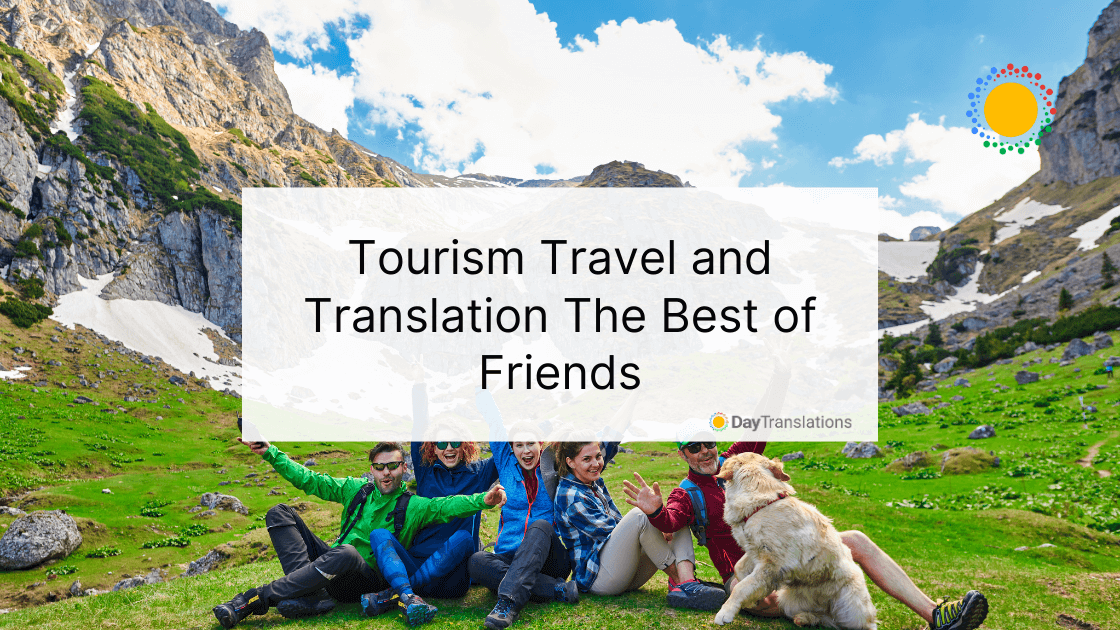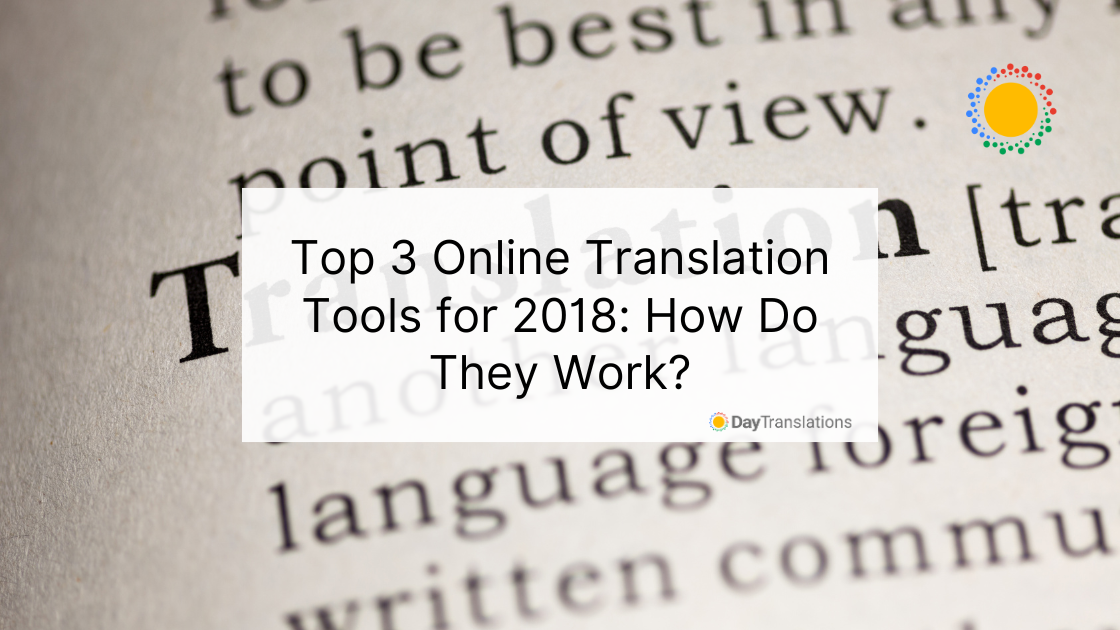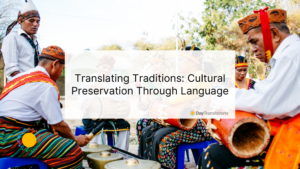Travel and tourism is a huge industry and translation is never behind this industry sector. The tourism and travel industry contributes nearly 10% into the total GDP of the world and the sector is one of the biggest employers in the world.
While the industry is full of opportunities, it also comes with a variety of complications. Travel and tours offices can be found in many places worldwide and in various languages. Still, the industry finds it very challenging to connect with their audiences.
The only solution is to provide the opportunities to widen the language abilities of the sector.
Be where your customers are
Travel and tourism is traditionally a global industry. Just like any other business, your success depends on finding where your customers gather. In the past, most travel agencies deal with local customers who speak the same language as them.
Cultural diversity has widened the customer base of the travel industry. But for so long, the sector relied on English for communication particularly for locals and other travelers. The opening of more parts of the world to foreign travelers as well as the advances in technology and communication tools indicated the apparent desire of travelers to communicate in their own languages.
It was already established that global consumers stay longer on websites available in their own language. They are also very likely to shop online from stores that speak to them in the language they understand. In the travel sector most of the top destinations are places where English is not commonly spoken.
So how can you be where your customers are? It might not be logistically and physically possible to open travel offices around the world. But it is possible to speak the languages of your consumers through translation. In the tourism and travel industry, translation is considered its best friend.
Travel and Translation
Unless you are only dealing with locals who are ready to travel, it is difficult to sell a tourism service or product by itself. The situation becomes trickier if you have to sell them in different languages. You need creative, aggressive and persuasive selling techniques to convince consumers to make a purchase.
Traditional tools of the travel and tourism industry
The industry usually combines beautiful descriptions, stunning photographs and exciting videos of the destinations in order to convince consumers to buy. Therefore it is very vital that these elements are done correctly. Travel agencies employ travel photographers, videographers, and top-notch copywriters to come up with highly convincing written content and visuals for their ad campaigns, travel brochure, fliers and mailers.
Now the bar is put up a notch by the advent of multilingual clients that they have to seduce, woo, lure and persuade in various languages. It requires the need for cross-cultural communication of the highest level.
This means that it is beyond standard translation. Tourism translators for the tourism business perform the role of mediating the content to ensure that it is available to tourists who may not be the same type as the tourists originally targeted by the source content.
Invest in localization
Unlock your travel and tourism business potential with localization. You are already investing in high quality photographs, content and videos and spend a sizeable budget to produce top-of-the-line brochures, travel guides, fliers, posters, mailers and other related products. Localizing your website and your products and services ensures that you are convincing and converting potential audiences into becoming paying customers.
With localization, you can reach more travelers by speaking to them in their own language. Localization adjusts your website’s content to reach your worldwide targets. Various adjustments methods are utilized in localization aside from the language. There could be changes in the fonts, images, colors and graphics to make them culturally adapt to the local market. The website and content layout and design could be modified to fit the new languages to accommodate translations that require more space.
Localization also adjusts to local requirements such as different methods of writing phone numbers, addresses, dates, measurement, time and currencies.
All the adjustments made in localization are meant to create valuable content in various languages. Localization is not an understated tool. It is vital to global businesses as it helps them stand out in a crowded community. It helps businesses become game changers in their own niches.
Localization conveys the message that you care for your customers and you want them to trust you because you understand them. Making your website and other information available in your consumers’ own languages show your target audiences who you are and how you want them to look at you. Localization maintains and boosts your brand image.
Localization depends on the techniques you use
The end product of localization is localized content. However, how you linguistically achieve that depends on your choice of translation techniques.
1. Creative translation
The job of copywriters is to come up with words that can convince or spur audiences to make a purchase in a creative way. It is the same with creative translation. In this approach, the translator works to find a deeper meaning to the content’s message. The translator has the chance to change, adapt, study or rewrite the content completely to make the message adapt to the target culture. In creative translation, the translator has a creative license in order for the text to fully adapt to the target language and culture.
Creative translation matches the tourism industry perfectly. It provides tourists an exciting visual image of what could be a wonderful and memorable vacation.
2. Prioritizing what to localize
Marketing to tourists often uses an individual approach. Ideally you have to localize everything related to your travel and tourism business. However, localization is a long process and you may have limited resources and time at hand. In this case, you have to learn to prioritize and start your localization on aspects that matter the most.
- Company website. One of the most vital to your travel business is your website so it is the first one that should be localized in order for you to be seen as a multilingual company. Your website is the first source of travel information today. Widen your reach by making your website available in several languages aside from English. When your site is accessible in different languages, your SEO increases as well.
- Social media channels. In today’s business environment, social platforms are essential to many business, which includes the travel industry. It is easier to connect and market to a wider range of clients globally using social media. It increases your brand presence online and improves your sales in a price that is more effective than other traditional methods. Making your shareable content in multiple languages increases your engagement with a wider audience base. It is also a method to increase the potential of getting ”user generated content” or UGD from tourists. Their comments, suggestions and tips are very valuable and could help other interested travelers make better buying decisions.
- Travel blog. A blog is part of a marketing strategy. The tool can be very effective especially if the blog owner is deemed like an authority in a particular niche. When used in this manner, it is best that it is also translated into other languages. It should be very well written to paint a clear and vivid picture of what you are sharing to your audience.
- Materials for office operation. So many things are used in your day-to-day operation that are easy to overlook. You can have your contracts translated, including your outdoor and indoor signs, brochures, itineraries and other written items. It avoids consumer confusion, increases your revenue, expands your client base and makes you stand out against competition. It helps build trust and shows your professionalism.
Translating for the tourism industry
Translating for the tourism industry is challenging. It is difficult to adapt the source content to fit other audiences. What comes into play is the preference of different target audiences. For example, English travelers want to see more aesthetic and emotional presentations while Spanish clients are more attracted to figures and detailed information.
The cultural idiosyncrasies of the language should be taken seriously as well, because there would be phrases, descriptions, idioms and saying that would not be acceptable in other cultures.
Make your travel and tourism content more exciting, persuasive, alluring and convincing. Have your documents accurately translated by the experienced human translators of Day Translations, Inc. We offer localization, voice-overs and video subtitling services. Our subject matter experts can work with you in over a hundred language pairs. They are all native speakers and are located in-country, so you can be sure that they understand the nuances of the language and the preferences of local consumers. We make it easy to get in touch with us. You can call us at 1-800-969-6853 or send us an email at Contact us. We are open 24 hours a day, every day of the year, so you can avail of our translation services any time, wherever you may be.












بلیط تریپ
Posted at 06:10h, 08 SeptemberThank you for sharing your experience and knowledge! I really enjoy reading your blog!